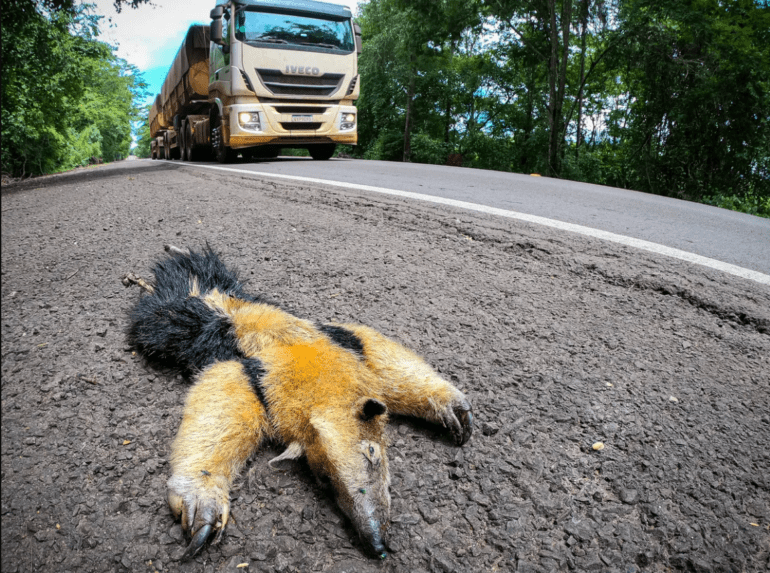TL;DR:
- Researchers in Brazil employ advanced machine learning models for combating wildlife roadkill on roads.
- Object detection models based on YOLO architecture, including YoloV4, Scaled-YoloV4, YoloV5, and others, are being tested.
- Evaluation includes performance metrics like precision, recall, mAP, and FPS using the BRA-Dataset.
- Scaled-YoloV4 shows promise in reducing false negatives, while nano YoloV5 excels in FPS detection.
- Brazil faces an alarming wildlife roadkill crisis, with an estimated 475 million animal deaths annually, predominantly affecting smaller animals and endangered species.
- Convolutional Neural Networks (CNNs) play a significant role in real-time image processing for animal detection and data collection.
- Despite limited data challenges, YOLO-based detectors can become precise and effective through transfer learning and data augmentation.
Main AI News:
Groundbreaking machine learning techniques are being harnessed by researchers in Brazil to tackle the escalating issue of wildlife roadkill, a menace to both animal populations and human safety. A wide array of object detection models, all rooted in the famed YOLO (You Only Look Once) architecture known for its real-time detection capabilities, are undergoing rigorous testing to pinpoint endangered species on roadways. The repertoire of models assessed encompasses YoloV4, Scaled-YoloV4, YoloV5, YoloR, YoloX, and YoloV7.
Evaluating Machine Learning Models
The research team subjected these models to a battery of tests using the BRA-Dataset, renowned for its scarcity of data, which poses a distinctive challenge for extracting meaningful features. The primary focus of the study was on crucial performance metrics, including precision, recall, mAP (mean Average Precision), and FPS (Frames Per Second). Additionally, the researchers delved into data augmentation and transfer learning as strategies to enhance the training process. Notably, the Scaled-YoloV4 model demonstrated promising results in minimizing false negatives, while the compact nano YoloV5 excelled in FPS-based detection.
The Wildlife Roadkill Predicament in Brazil
The situation concerning wildlife roadkill in Brazil is nothing short of alarming, with a staggering estimate of 475 million animal fatalities occurring annually on Brazilian road networks. Smaller animals constitute the majority of this disconcerting statistic, and there are limited possibilities for road redesigns that could potentially alleviate this issue. Endangered species, including the Maned Wolf and Giant Anteaters, bear the brunt of this crisis.
The Role of Convolutional Neural Networks (CNNs)
Computer Vision technology, particularly Convolutional Neural Networks (CNNs), plays a pivotal role in addressing this crisis. CNNs possess the ability to swiftly process images in real-time, a vital feature for the detection and categorization of road-killed animals, as well as for gathering essential statistical data. Despite the challenges posed by limited data, research indicates that YOLO-based detectors can indeed evolve into precision and recall systems of great efficacy when bolstered by transfer learning and data augmentation.
This study offers invaluable insights into enhancing animal detection on highways, all while taking into consideration formidable challenges such as image quality, surrounding vegetation, and low-quality image data. It represents a significant stride toward ensuring roadways are safer for endangered species, by harnessing the formidable potential of machine learning and computer vision technologies, thereby contributing to the safeguarding of wildlife from the scourge of roadkill.
Conclusion:
The adoption of advanced machine learning models, particularly YOLO-based detectors, to address the critical issue of wildlife roadkill in Brazil signifies a potential paradigm shift in road safety and conservation efforts. This innovative approach offers a promising avenue to mitigate the alarming rates of animal fatalities on roadways, contributing to the protection of wildlife and enhancing road safety. It also opens up opportunities for technology companies and stakeholders to invest in solutions that bridge the gap between technology and wildlife conservation in a market hungry for innovative solutions.

